
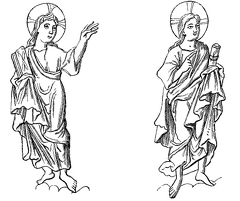 Saints in the costume of the sixth century
Saints in the costume of the sixth century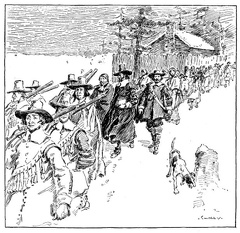 Pilgrims Returning from Church
Pilgrims Returning from Church The Old North Church
The Old North Church The Old South Church, Boston
The Old South Church, Boston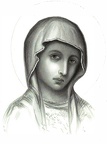 St Mary
St Mary The Church of St Etienne at Murray Bay
The Church of St Etienne at Murray Bay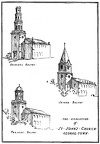 St. John's Church
St. John's Church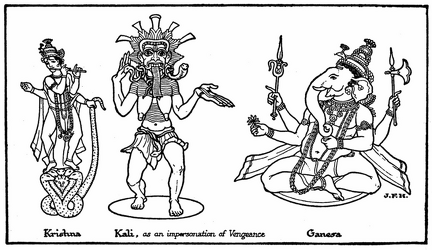 Indian Gods—Krishna, Kali, Ganesa
Indian Gods—Krishna, Kali, Ganesa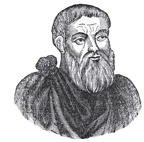 Justin Martyr
Justin Martyr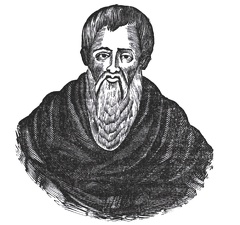 Ignatius
Ignatius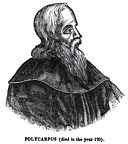 Polycarpus
Polycarpus Burning of the City of Rome
Burning of the City of Rome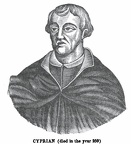 Cyprian
Cyprian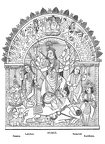 Durga, and other deities
Durga, and other deities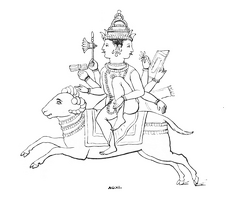 Agni
Agni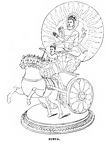 Surya
Surya The Parasurama Avatara
The Parasurama Avatara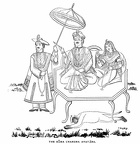 The Rama Chandra Avatara
The Rama Chandra Avatara The Vamana Avatara
The Vamana Avatara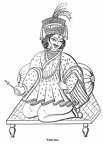 Varuna
Varuna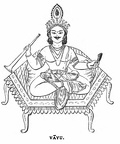 Vayu
Vayu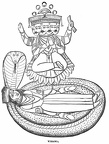 Vishnu
Vishnu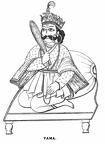 Yama
Yama Annapurna
Annapurna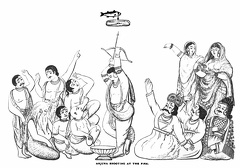 Arjuna shooting at the fish
Arjuna shooting at the fish Balarama
Balarama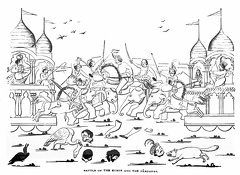 Battle of the Kurus and Pandavas
Battle of the Kurus and Pandavas Brahma
Brahma Buddha
Buddha Buddha
Buddha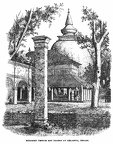 Buddhist Temple and Dagosa at Kelaniva, Ceylon
Buddhist Temple and Dagosa at Kelaniva, Ceylon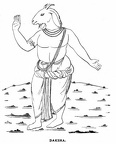 Daksha
Daksha Dasabhuja
Dasabhuja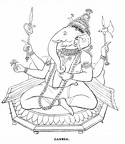 Ganesa
Ganesa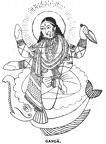 Ganga
Ganga Garuda
Garuda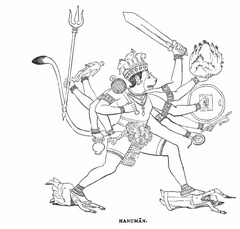 Hanuman
Hanuman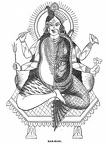 Har-Hari
Har-Hari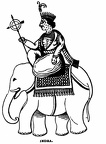 Indra
Indra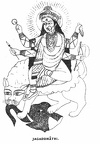 Jagaddhatri
Jagaddhatri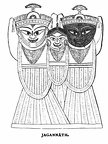 Jagannath
Jagannath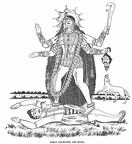 Kali dancing on Siva
Kali dancing on Siva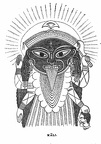 Kali
Kali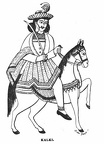 Kalki
Kalki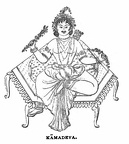 Kamadeva
Kamadeva Kartikeya
Kartikeya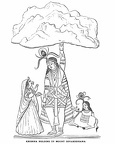 Krishna holding up Mount Govardhana
Krishna holding up Mount Govardhana Krishna slaying Bakasura
Krishna slaying Bakasura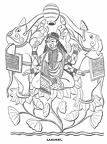 Lakhsmi
Lakhsmi Manasa
Manasa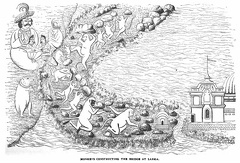 Monkeys constructing the bridge at Lanka
Monkeys constructing the bridge at Lanka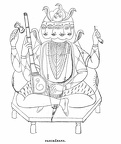 Panchanana
Panchanana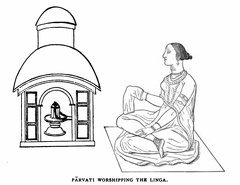 Parvati worhipping the Linga
Parvati worhipping the Linga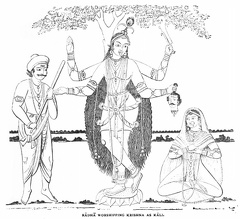 Radha worshipping Krishna as Kali
Radha worshipping Krishna as Kali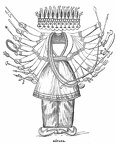 Ravana
Ravana Sarasvati
Sarasvati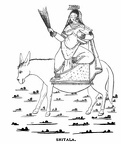 Shitala
Shitala Sasti
Sasti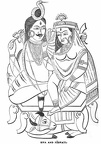 Siva and Parvati
Siva and Parvati Siva slaying an Asura
Siva slaying an Asura



